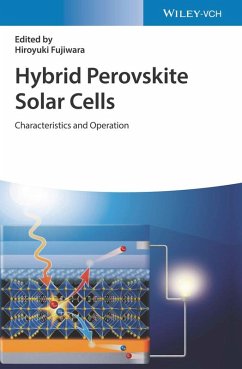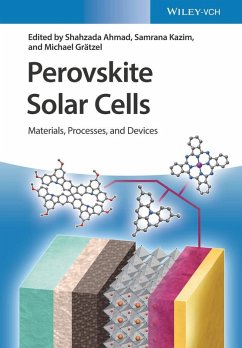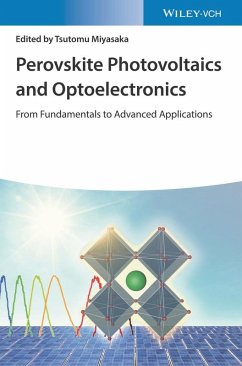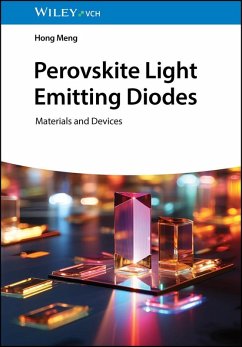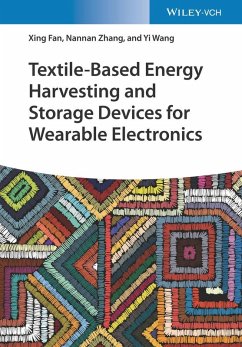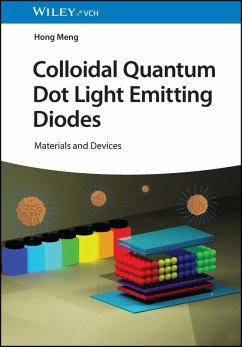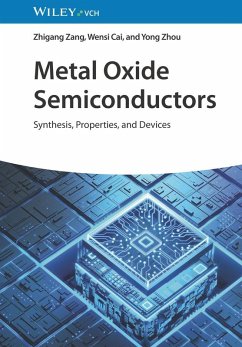
Composites-Based Perovskite Solar Cells (eBook, PDF)
Versandkostenfrei!
Sofort per Download lieferbar
124,99 €
inkl. MwSt.
Weitere Ausgaben:

PAYBACK Punkte
0 °P sammeln!
An introduction to a key tool in the cultivation of sustainable energy sourcesComposite materials combine two or more materials with distinct chemical properties. These composites can improve on design flexibility, specialization of properties, chemical resistance, and other advantages relative to traditional materials. Perovskite solar cells based on composite materials might therefore acquire the capacity to solve a range of critical issues.Composites-Based Perovskite Solar Cells offers an overview of these cells, their properties, and their applications. Beginning with an introduction to th...
An introduction to a key tool in the cultivation of sustainable energy sources
Composite materials combine two or more materials with distinct chemical properties. These composites can improve on design flexibility, specialization of properties, chemical resistance, and other advantages relative to traditional materials. Perovskite solar cells based on composite materials might therefore acquire the capacity to solve a range of critical issues.
Composites-Based Perovskite Solar Cells offers an overview of these cells, their properties, and their applications. Beginning with an introduction to the fundamental principles of perovskite solar cell construction, the book surveys different configurations, stability issues, and much more. The result is a one-stop shop for anyone looking to understand these potentially critical tools in the fight for a sustainable energy grid.
Readers will also find:
Composites-Based Perovskite Solar Cells is ideal for surface physicists and chemists, solid state physicists and chemists, electrical engineers, and materials scientists of all kinds.
Composite materials combine two or more materials with distinct chemical properties. These composites can improve on design flexibility, specialization of properties, chemical resistance, and other advantages relative to traditional materials. Perovskite solar cells based on composite materials might therefore acquire the capacity to solve a range of critical issues.
Composites-Based Perovskite Solar Cells offers an overview of these cells, their properties, and their applications. Beginning with an introduction to the fundamental principles of perovskite solar cell construction, the book surveys different configurations, stability issues, and much more. The result is a one-stop shop for anyone looking to understand these potentially critical tools in the fight for a sustainable energy grid.
Readers will also find:
- Methods for fabricating perovskite-based solar cells
- Detailed discussion of Pb-perovskites and Pb-free perovskites, composites-based materials in tandem solar cells, and many more
- A unique perspective from which to revisit approaches developed in the community of materials scientists
Composites-Based Perovskite Solar Cells is ideal for surface physicists and chemists, solid state physicists and chemists, electrical engineers, and materials scientists of all kinds.
Dieser Download kann aus rechtlichen Gründen nur mit Rechnungsadresse in D ausgeliefert werden.




